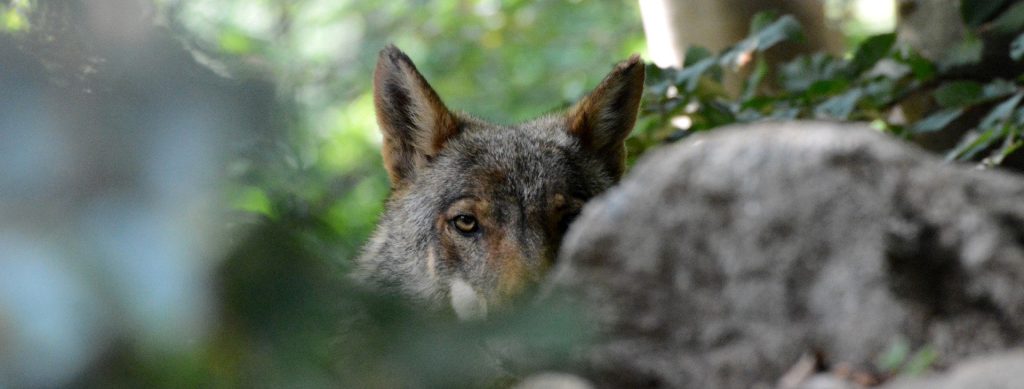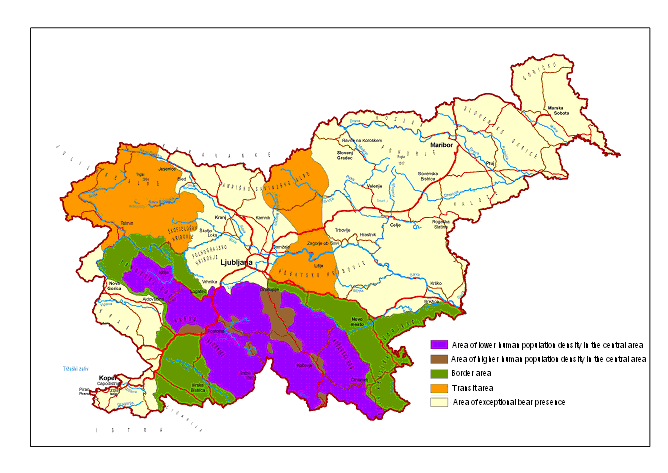Slovenia
Slovenia is a small country in Europe (38th in size) and was also behind the iron curtain. Until the 1990s it was joined with Yugoslavia.
Slovenia contains a small portion of the Alps, and as such has a relatively rich wildlife. There are thought to be between 86 and 110 wolves in the country. Until recently limited to the West and Southern parts of the country, however 3 male female pairs have been recorded in the pre-alpine and alpine parts of the country in recent years. Furthermore, a howling test in 2019 identified 3 new packs previously unrecorded.

The Lynx was nearing extinction in the country but thanks to some translocation from Romania and elsewhere, there are now 24 in the Dinaric alps, and a further 5 in the Alps. This is a cross border population (with Croatia) and brings the total population to around 100.
There are thought to be around 900 bears within the country, which is a good number. This population is not being allowed to grow, and around 200 are culled each year. Their range is shown in the map below, as you can see, their range extends far beyond the Alps.

Links will be added beneath an amalgamation of all the news posts we have made on Slovenia. As we connect with people and places, these will appear below
First recorded fatal bear attack in Slovenia in living memory
- Tim
- June 16, 2021
Wolves in the Alps are growing fast – 25% up in one year
- Tim
- March 10, 2023
Predator recovery across Europe – Part 2 – Bears
- Tim
- March 25, 2018
